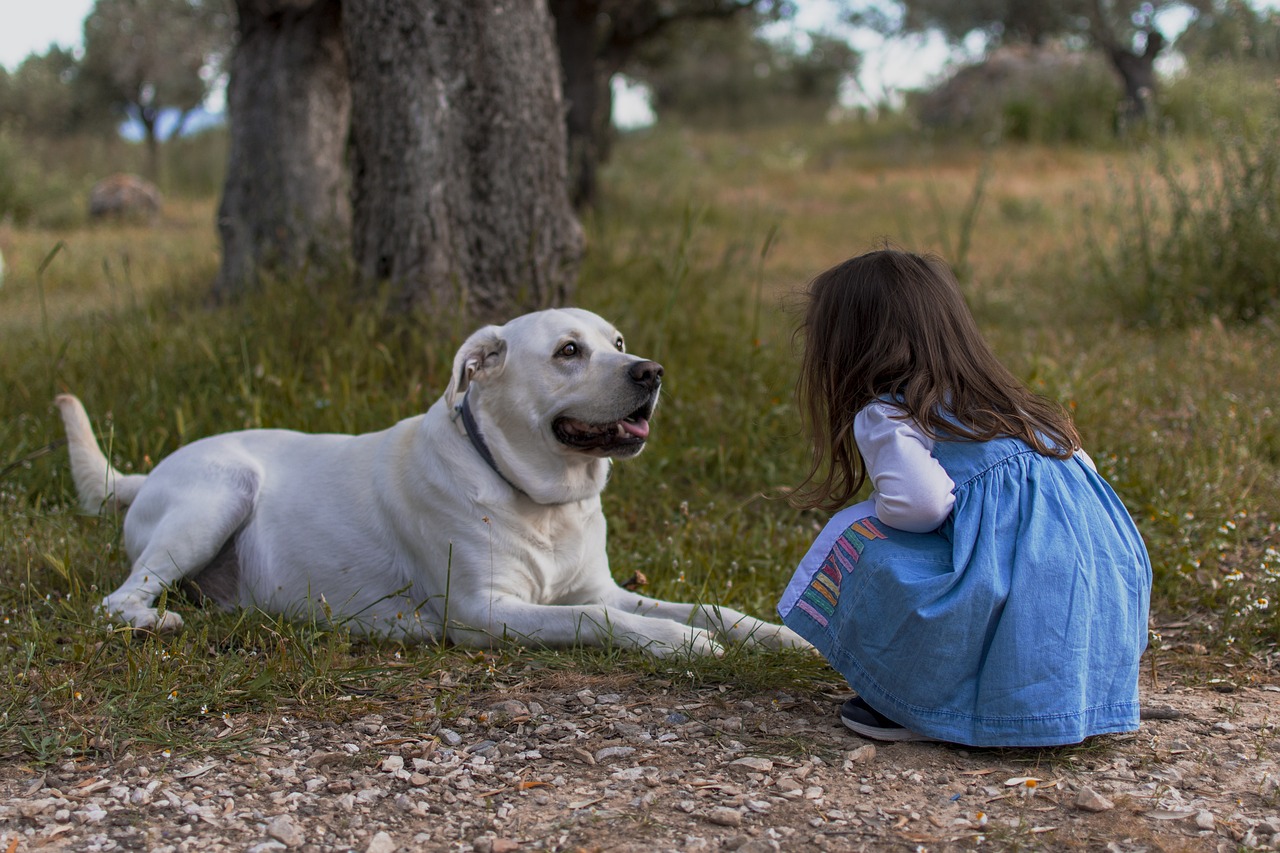Just like humans, dogs are very unique, and many dog owners eventually learn to love – or loathe – the interesting parts of their pet’s personality. As a dog owner, it can be tempting to look at certain behaviors of your pup and impart human characteristics onto them. However, how dogs and humans communicate is wildly different, and you may be misunderstanding some crucial body language signs your dog is showing off. If you want to understand better how your dog is responding to training and everyday events, read this blog, where we discuss the basics of how your dog communicates.
Dog Body Language Basics
Verbal Cues: Body language is, by definition, nonverbal, and nonverbal cues are often much harder for humans to pick up on when interacting with their dogs. However, there are equally important vocal cues that we should touch on, namely:
Barking: Discussing the different types of barks could be an entire discussion on its own, but most owners have a good idea of which of their dog’s barks signifies playfulness and happiness and which signifies anger or fear. Barks that are low-pitched, curt, and followed up by growling usually indicate that your dog is feeling nervous or upset.
Whining: One of the most common ways dogs indicate that they are hurt, nervous, upset, scared, or need something is by whining. For issues like anxiety, whining might be accompanied by howling and crying.
Your Dog’s Nonverbal Cues
Your dog is constantly using their body to give off different signals to the humans and other animals around it. When looking at your dog and attempting to identify how it is feeling, consider the situation’s context. For example, you may see your dog’s ears perk up and pay attention during training, but this doesn’t necessarily mean that their ears are not in a relaxed pose and, therefore, a cause for concern.
Eye Position and Activity: Training your dog to pay attention to your face is useful for developing a relationship and enhancing training. Through this training, you should also get a good idea of how your dog looks when relaxed. A relaxed dog will look calm, with their eyes having no particular focus; this usually results in a slight squint or droop. When dogs feel scared or threatened, however, their eyes will usually expand and widen as they anticipate danger. If threatened by you or another animal, they might avert their eyes and act submissively.
Tail Wagging: When determining how your dog feels based on their tail, context is key. Generally, a fast-wagging tail pointed up off the ground indicates a high level of emotional arousal, whether good or bad. If this happens during playtime, there isn’t a worry. This same behavior, however, might indicate fear or anxiety if no obvious mental stimulation is occurring.
Ears: A relaxed dog will likely have relaxed ears, especially if they are napping or resting. A dog might also have their ears pointed towards sounds they hear to get a better listen. Again, context determines if this is an okay behavior or not. Your dog might simply hear a family member approaching and anticipate their arrival. If your dog listens for a sound and begins showing other signs of distress, like verbal sounds, wide eyes, or a stiff tail, they are worried about whatever is approaching.
If you are training your dog and notice signs of discomfort or distress, you need to learn why. In addition to helping your dog and making them feel safe, identifying these issues will improve the quality of their training and help them develop a stronger bond with you. If you need further assistance with your dog training or obedience goals, call Gulf Coast K9 Dog Training today. We are located in Bradenton and love meeting and training dogs from all across Sarasota and Manatee County.





